ASIN Targeting on Amazon: Why You Should Consider Targeting Your Own Products
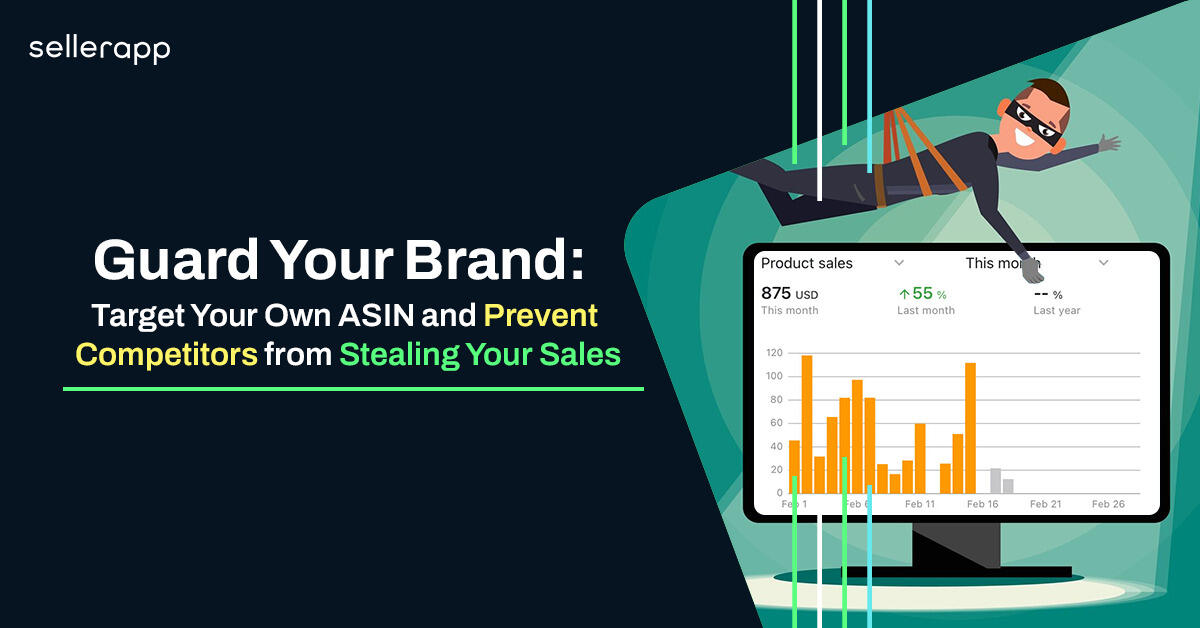
If you have been advertising on Amazon for a long time, you might have wondered if it’s a good idea to target your own ASINs with Sponsored ads!
After all, you want to protect your listing from a competitor who bids on your keywords and hijacks your sales.
But is this strategy really effective or just a waste of money?
In this blog, we’ll explore the pros and cons of targeting your own ASIN on Amazon and provide some strategies to do it right.
A quick peek into the article:
- Sponsored Ads Placement on Amazon Product Targeting Ads
- Pros and Cons of Targeting Your Own ASIN on Amazon
- What Strategies Can You Use for Amazon ASIN Targeting?
- Final Thoughts
Sponsored Ads Placement on Amazon Product Targeting Ads
Amazon’s Product Targeting ads offer different ad formats and the flexibility to strategically position the ads on the platform for maximum impact.
You can do it with primarily two types of targeting:
- Sponsored Product Ads – Manual Targeting
- Sponsored Display Ads – Product Targeting
Sponsored Product Ads – Manual Targeting
These ads show up in the “Products related to this item” section on the detail page of the targeted ASINs, including both competitor ASINs and the advertiser’s own products.
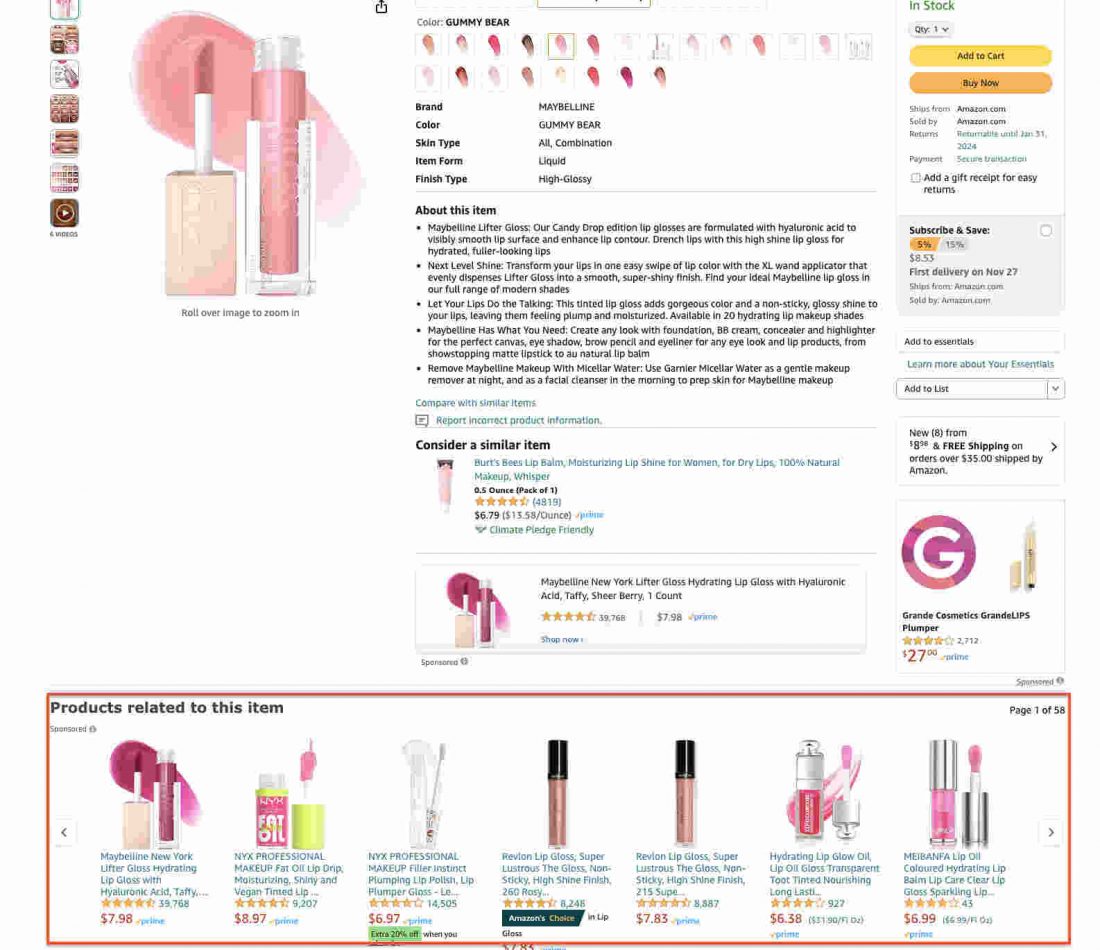
These ads capture the attention of potential customers who are in the consideration phase of the sales funnel.
Sponsored Display Ads – Product Targeting
On the other hand, these ads provide advertisers with highly favorable placements across the Product Detail Page.
The best part of Sponsored Display Product Targeting ads is their exclusivity—they don’t compete visually with other products.
Instead, they stand alone, offering advertisers a significant opportunity to gain substantial visibility and engagement.
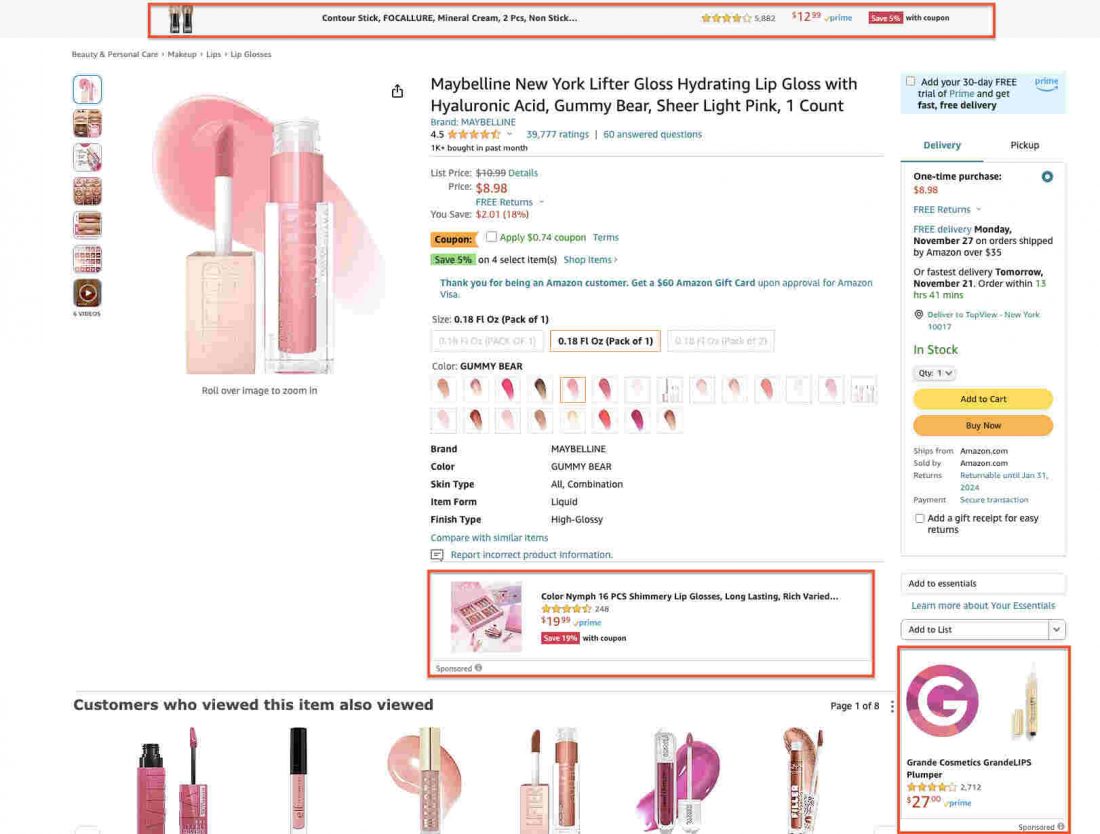
Pros and Cons of Targeting Your Own ASIN on Amazon
Like everything in life, targeting your own ASIN on Amazon has its advantages and disadvantages, depending on your specific goals and needs.
Here are some potential pros and cons of targeting your own ASIN on Amazon:
Pros
Defending Your Own Brand:
Targeting your own ASIN with ads prevents your competitors from stealing your customers by occupying the ad space on branded search results or your product detail pages.
It ensures that whenever a customer searches for your brand or product name, only your product listing appears at the top of the search result, or when they are in the product details page of one of your products, they don’t see any competitors product just below the “Buy Now” button.
Cross-Promotion:
If you have multiple products within your brand, targeting your own ASINs allows you to cross-promote related products or upsell complementary products, potentially increasing the overall sales and average order value within your product line.
Boost Organic Ranking and Sales Velocity:
Running ads on your own ASIN increases the visibility and sales velocity of your product, leading to improved organic rankings.
This increased sales velocity and positive engagement can signal to Amazon’s A9 algorithm that your product is popular and relevant, potentially resulting in better placement in product recommendations, “Customers Who Bought This Also Bought” sections, “Frequently Bought Together” section, and other strategic placements on the platform.

Cost Efficiency and Improved ACoS:
Targeting your own ASINs often comes with a lower bid amount compared to targeting competitive keywords.
And since customers see these ads at the last stage of the shopping journey, these ads have a high chance of converting, which can lead to reduced ACoS.
Improve Share of Voice (SOV):
Share of Voice shows how much visibility your brand has compared to your competitors.
By targeting your own ASIN, you can dominate the ad placements for your product, increasing your Share of Voice. This dominance can help establish your brand as a market leader and reduce the visibility of competing products in the ad space.
Cons
Cannibalization of Organic Traffic
If you’re running product targeting ads on your own listing, it’s possible that shoppers might click on your product from organic search results and then navigate to another similar product from your product targeting ad that has a lower price or more reviews. This can impact your organic sales and affect your long-term visibility and organic ranking on Amazon.
Can Incur Additional Cost
Running ads, even on your own products, incurs costs. And if you don’t have much competition in the market, you may end up paying more for clicks that would have gone to your product anyway. It ultimately reduces your profit margin and ROI.
Limited Reach
If you only focus on targeting your own ASINs, you may miss out on reaching a broader customer base who are searching for similar products but aren’t aware of your brand. This limits your reach and cripples your sales potential.
Strategies to Use for Amazon ASIN Targeting
Now that you know the advantages and disadvantages of targeting your own ASIN with ads, it’s clear that you shouldn’t limit yourself to just that.
Amazon’s ASIN Targeting is a unique feature that presents sellers with multiple interesting advertising opportunities that can yield great results. Below, we’ll share a few ASIN targeting strategies that we use ourselves in SellerApp and have seen excellent results.
But first, identify the ASINs in your product line with the highest conversion rate. You can do this with the Sponsored Product Advertised Product report.
Just open the report and sort the ASINs in descending order with respect to ACoS.
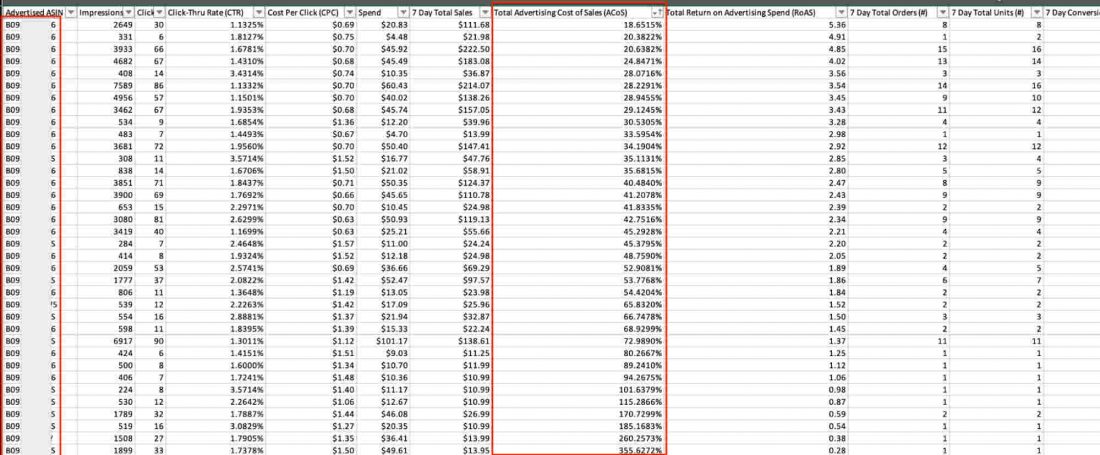
Alternatively, you can use the SellerApp Advertising tool to identify high and low-converting ASINs in your product line.
All the strategies we’ll mention here will be applicable to the high-performing ASINs.
Add the low-performing ASINs as negative targeting to avoid wasting money on those.
Strategy 1: Target Superior and Inferior Competitors’ ASINs
Identify competitor’s ASINs where your product has a clear upper hand, such as a lower price, higher number of reviews, and/or better customer ratings.
Target them manually with your product-targeting ads.
It increases your chance of getting more sales from your competitors’ product details page.
Alternatively, filter competitors’ ASINs that have better product listings than your ASIN.
Use the negative ASIN targeting to prevent your ads from showing up on those product listings.
It reduces ad waste and helps you lower your ACoS.
Strategy 2: Create Offers and Target Competitors’ ASINs Without Offers
Identify competitors’ ASINs who are not running any deals or offers.
Now create a compelling offer on your own listing, like lightning deals, coupons, and discounts, and target these competitors’ ASINs with product targeting ads.
Note: You can look at the “Frequently bought together” and “Customers who viewed this item also viewed” sections to find complementary and substitute products to target.
Strategy 3: Target High-traffic Brands Using Amazon Brand Targeting
Here’s a clever strategy not many people use.
Find competitor brands who invest heavily in Sponsored Brand ads. Ideally, they will have a high footfall of traffic.
Target inferior products (high price, low rating, and reviews) in these specific brands using category refinement to maximize the performance of your product targeting ads.
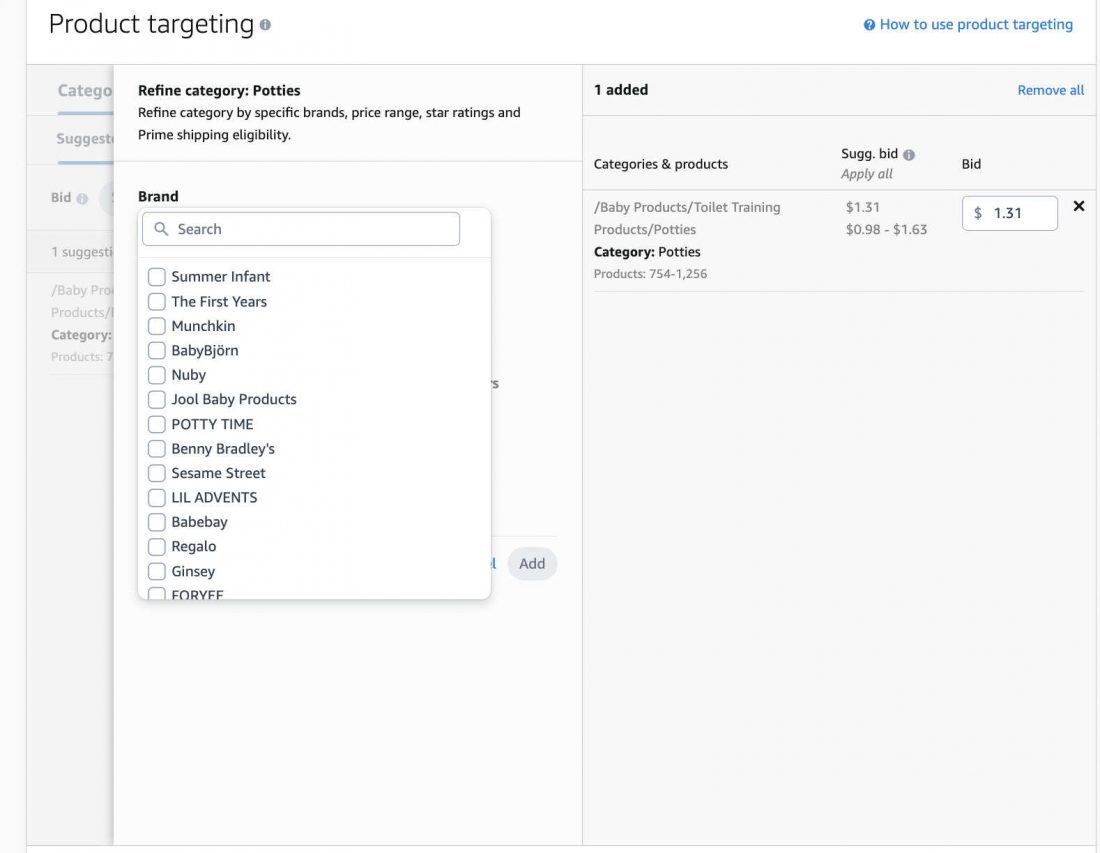
Strategy 4: Target Your Own Complementary/Substitute Amazon ASINs
Last but not least, target your own ASIN to cross-sell or upsell products. It’s also a good way to get competitors off your Amazon product details page.
Go to one of your high-performing product listings. See what items have been frequently bought together, and target them accordingly with product targeting.
Final Thoughts
In the end, the decision to target your own ASIN on Amazon is not a one-size-fits-all solution.
It requires you to first understand your business goals, competition, and the entire advertising landscape.
On one hand, you have the advantage of defending your brand, cross-promotion, and boosting organic ranking.
On the other hand, it has a few drawbacks, like cannibalization of organic traffic, limited reach, and ad wastage.
So, it’s crucial to weigh these cons against the pros and implement the right strategies to make ASIN targeting your own product profitable.
Do you use any unique ASIN targeting strategies in your business? Drop a comment below, and let’s start a conversation that could transform your advertising strategies for good!
Additional read:
How does AmazonBasics impact Amazon Seller?
Step-By-Step to Become an Amazon-Partnered Carrier
Amazon Advertising Audit Checklist


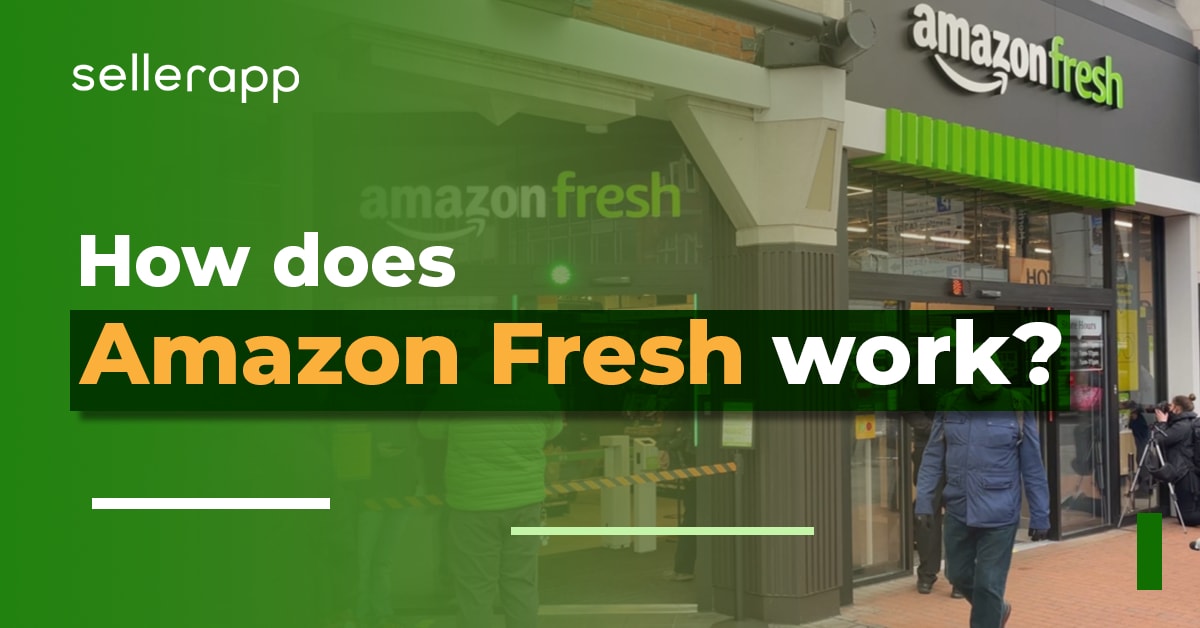






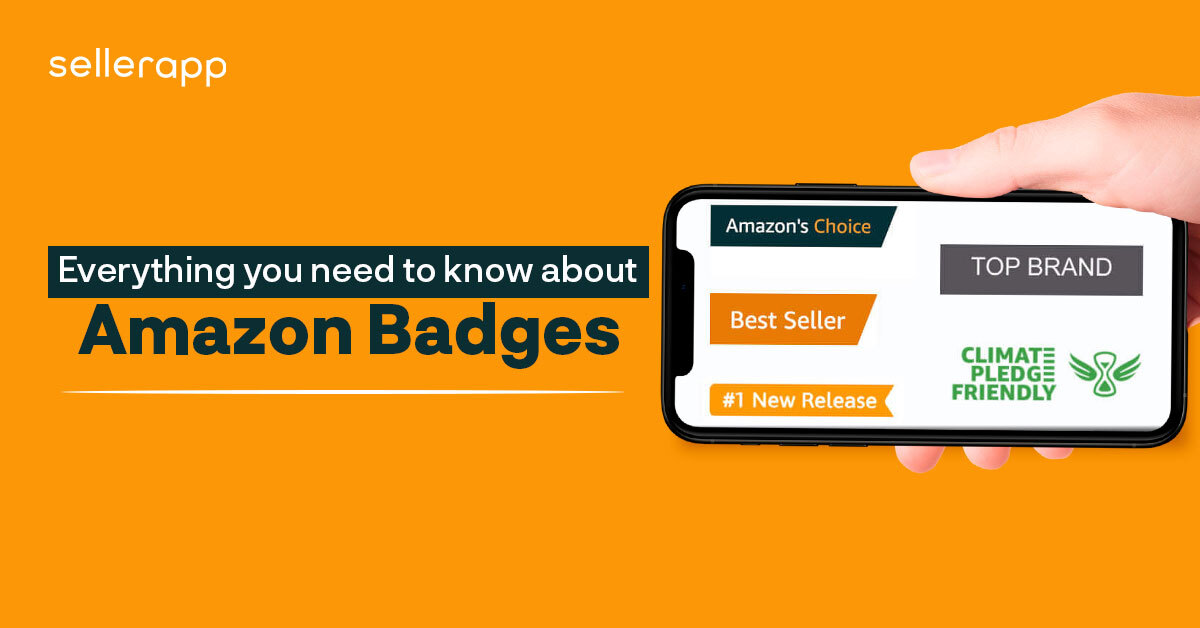
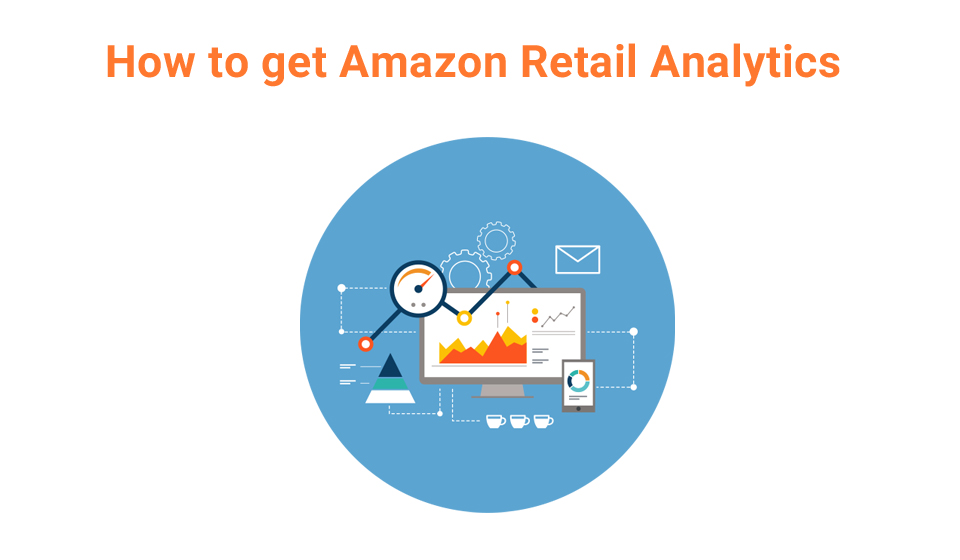
Renald
November 29, 2023Thank you, SellerApp, for sharing such valuable information!
Clare Thomas
March 7, 2024Very happy to hear that.